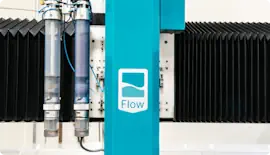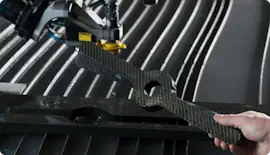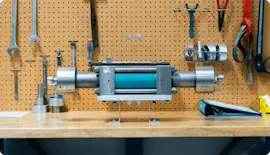Why You Should Add Waterjet to Your Metal Service Center
The history of iron production in the United States can be traced back to the 1700s. However, in the 1800s, marked by the advent of industrialization, an escalating demand for metal products emerged across various manufacturing and technological sectors. To address this burgeoning demand, enterprises like the Brandywine Iron Works and Nail Factory, later known as the Lukens Iron and Steel Company, were established to manufacture materials on a large scale. Over time, numerous metal service centers originally functioning as distributors evolved to offer comprehensive processing services to their clientele. With advancements in technology and the refinement of raw materials, these metal service centers assumed a pivotal role as intermediaries connecting metal producers to end-users.
But what sets one metal service center apart from others? The use of a waterjet! We’ll break down the top reasons why a waterjet is an ideal tool for a metal service center.
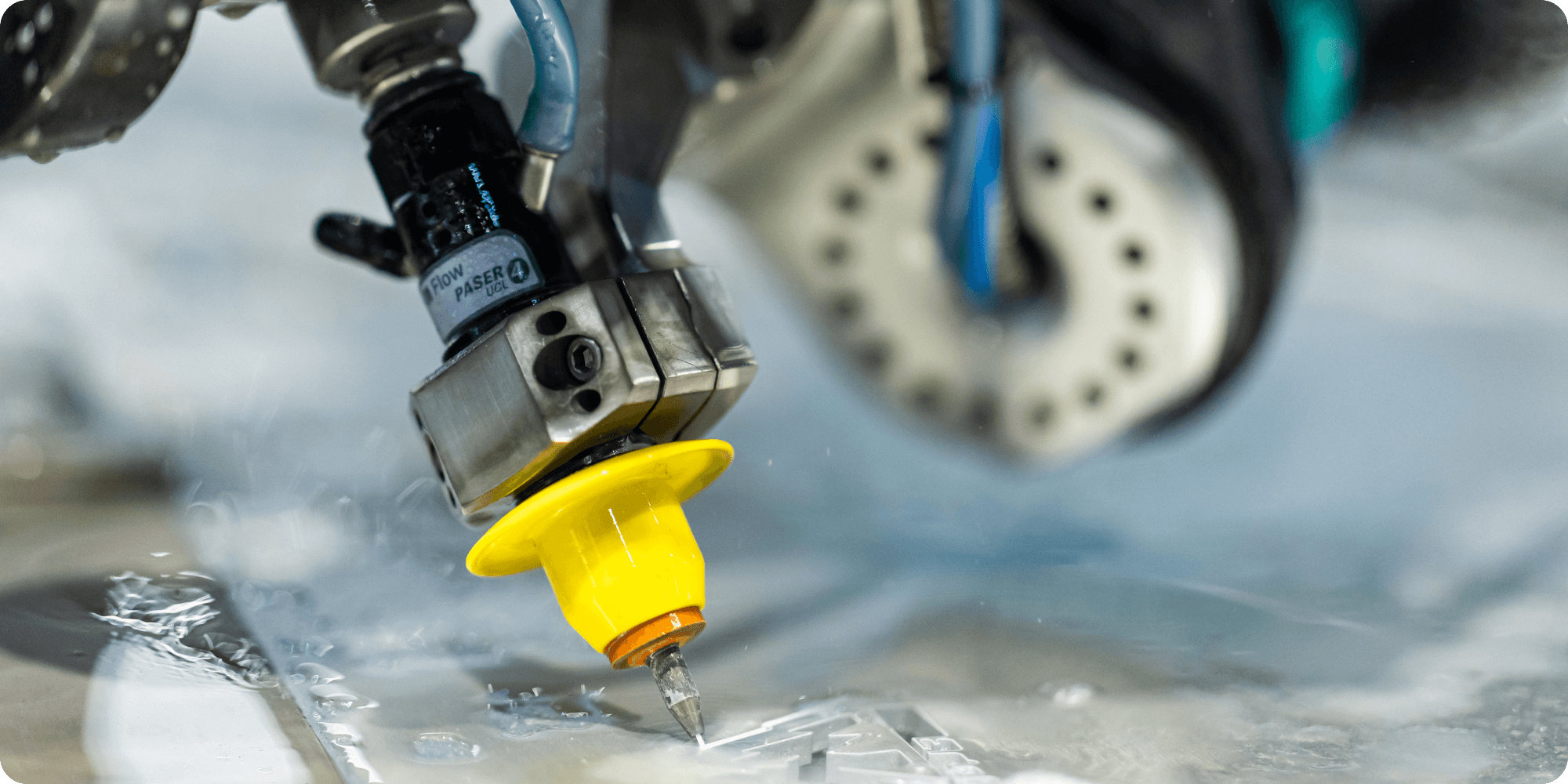.png)
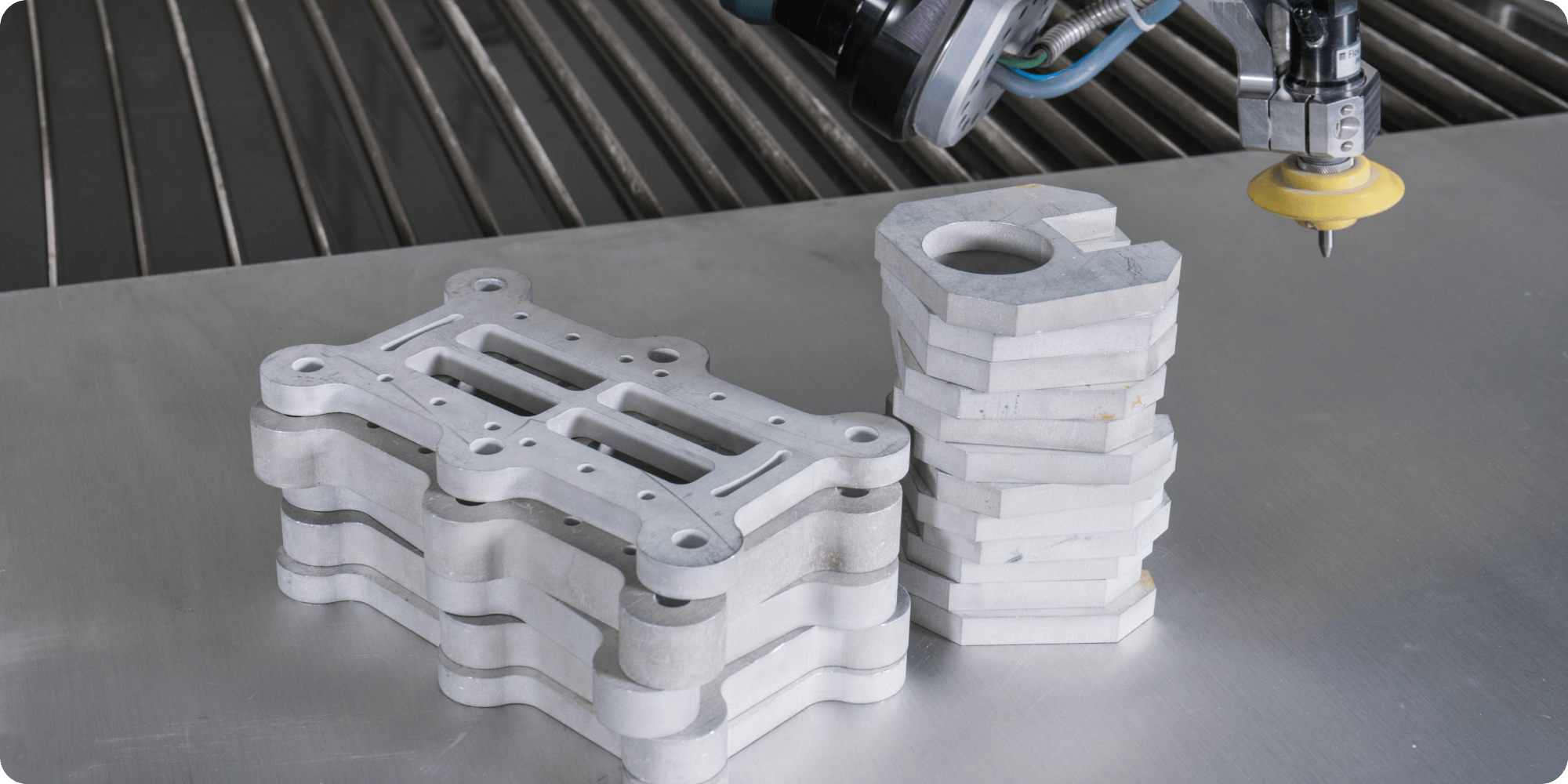
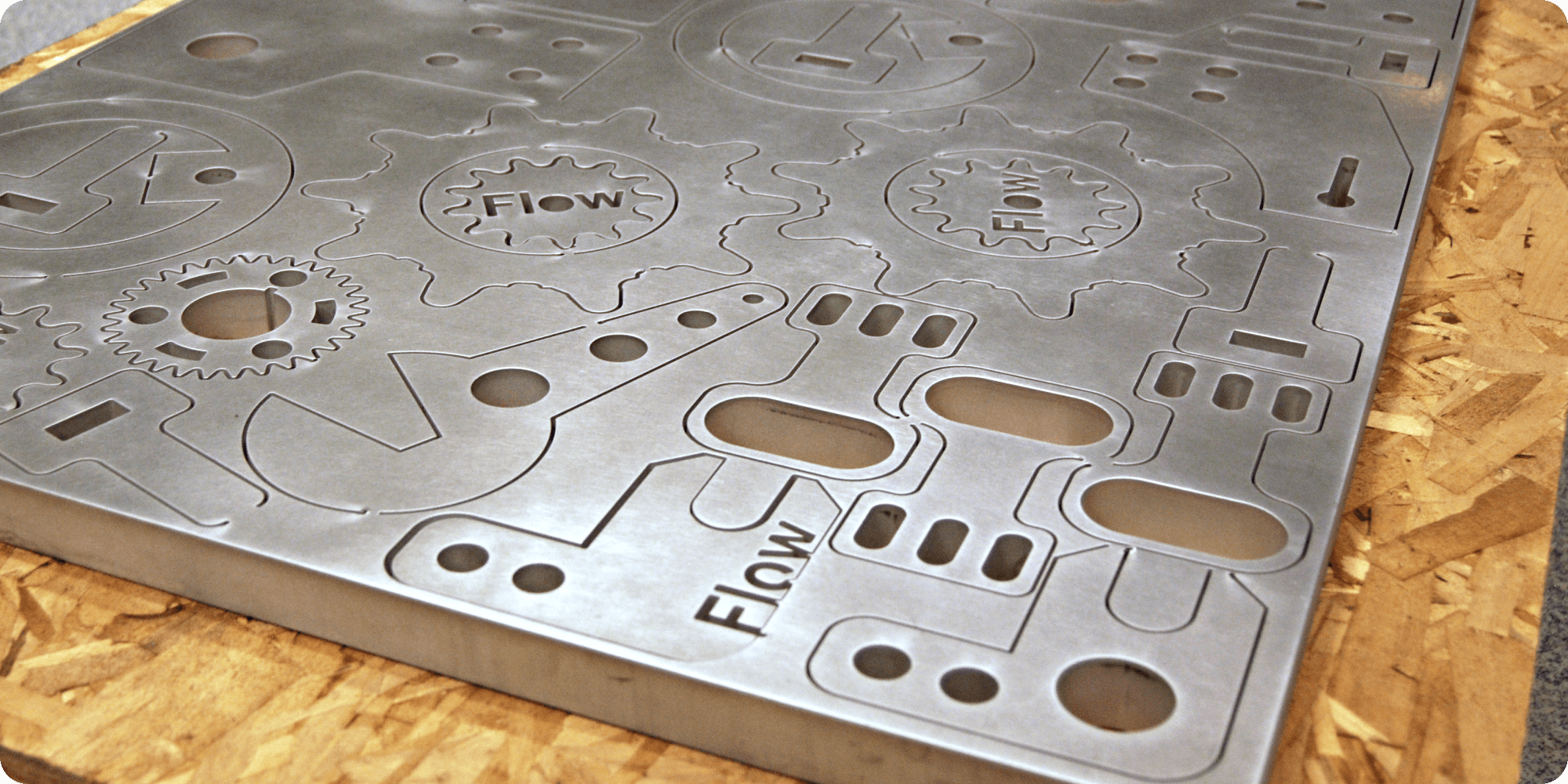
Originally published by Flow Waterjet under the title "Your Service Center Needs a Waterjet" in the Fall 2023 Cutting Edge Supplement by Metal Center News.
But what sets one metal service center apart from others? The use of a waterjet! We’ll break down the top reasons why a waterjet is an ideal tool for a metal service center.
.png)
1. They are super versatile.
Waterjets are commonly referred to as the “Swiss Army Knife” of cutting tools for a reason. Flow waterjets are capable of cutting an almost limitless variety of materials at thicknesses up to 12 inches. Without the limitations of thickness or material composition (i.e., ferrous versus non-ferrous metals), metal service centers are able to expand upon their existing capabilities and increase the potential for more revenue. Not only are waterjets versatile, but you can go from cutting a thin aluminum plate to a thick stainless-steel plate with minimal to no tooling changes — and at a much quicker rate than comparative tools.2. They’re good stewards of your shop.
Waterjets use a cold-cutting process, meaning there’s no mechanical stress, heat distortion, heat-affected zone, or hazardous emissions involved. Generally, waterjets are a cleaner cutting process, with options available to improve the cleanliness of the system such as splash guards or abrasive transfer systems. While cutting non-hazardous materials, the spent abrasives can most often be collected and recycled. Regarding operator safety, waterjets require little PPE to be worn while operating, don’t bring the risk of burns or accidental fires due to spark emissions, and the cutting process minimizes dust particles. Additionally, waterjets don’t run the risk of impacting other machines or systems on the shop floor with electrical frequency interruptions.
3. They are incredibly efficient.
Well-built waterjets will withstand the rigorous workloads of metal service centers. The ability to run continuously with minimal negative impact on the system demanding little to no tooling changes means production doesn’t have to slow down. They tend to be less labor-intensive, easier to use, and require less operator training. With options for dual cutting heads available and more accessible work envelopes, waterjets can handle a wide range of materials and sizes. Typically, waterjets cut with tighter tolerances and minimal kerf, saving both you and your customer valuable materials. Flow waterjets are able to cut down to about .001” tolerance in certain applications, which is why they’re perfect for cutting near-net parts. They’re the ideal tool to provide consistent, satin-smooth parts time after time.4. They’re a great return on investment.
Waterjets, on average, have significantly lower operating costs than comparable tools. With the initial upfront costs to purchase the system, maintenance costs, and the return on investment being higher, waterjets are an ideal choice for any metal service center. They can also greatly incentivize customers to choose you — because you have the ability to cut all of their materials, regardless of composition or thickness, all while giving them a better finished cut. For centers that offer materials beyond metals, such as softer materials like foam, there will be additional cost savings due to using a pure waterjet rather than an abrasive. Yet another benefit is that waterjets don’t dull as blades do, so you’ll have fewer replacement costs.
5. The cuts are clean and precise.
With capable cutting heads such as Flow’s Dynamic Waterjet, waterjets can cut materials into both two-dimensional and three-dimensional options. Typically, cutting heads with taper control average two to four times faster than standard waterjets and produce a much cleaner, more precise cut. Whether you’re a smaller metal service center or a large multi-location one, a waterjet is the perfect investment to differentiate yourselves in the marketplace and provide a unique competitive advantage backed by value.Originally published by Flow Waterjet under the title "Your Service Center Needs a Waterjet" in the Fall 2023 Cutting Edge Supplement by Metal Center News.
